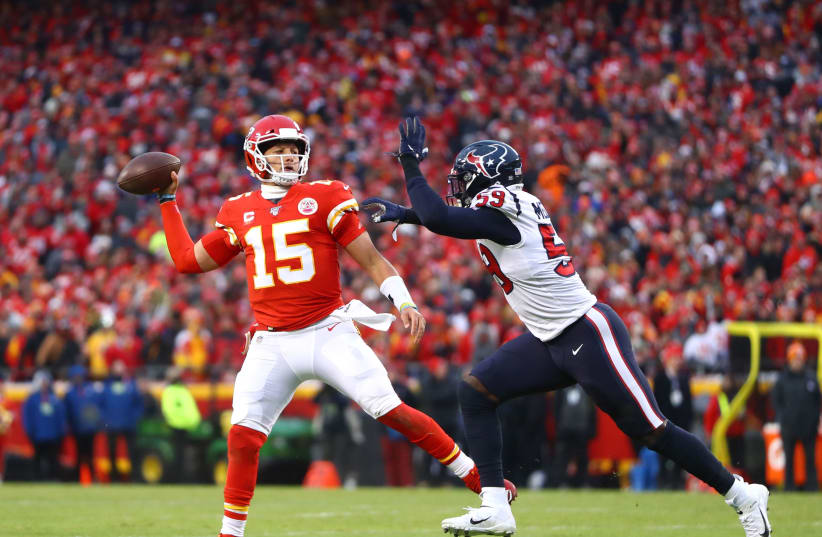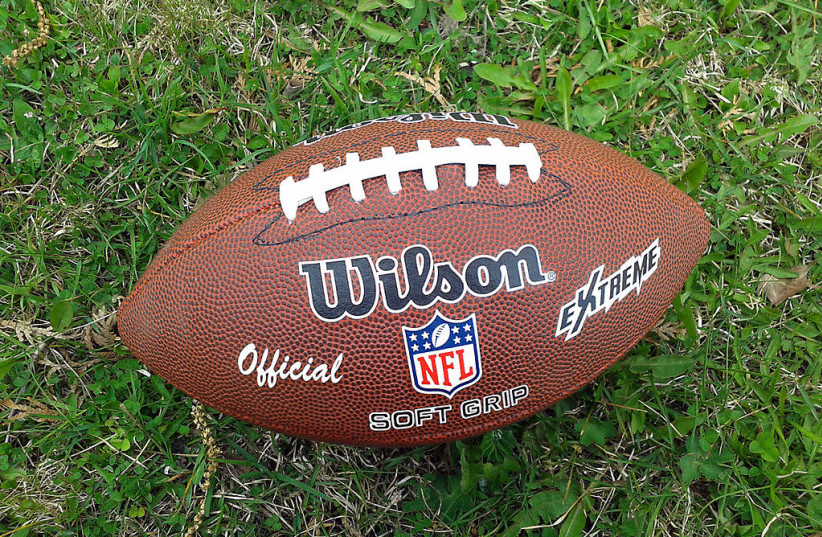Researchers from Orlando Regional Medical Center (ORMC) and Penn State University look inside the brains of college football athletes to determine which positions are at the greatest risk of concussions.
The researchers are able to reveal which positions are at the greatest risk for elevations in brain injury biomarkers by measuring levels of traumatic brain injury (TBI) biomarkers of college football athletes by player position. The biomarkers are substances that are released from the brain after it has been damaged.
The study, published in the peer-reviewed journal Journal of Neurotrauma last month, followed 52 college football athletes from pre-season to post-season and measured four of their biomarkers. The players were grouped based on their positions which were classified as speed positions versus non-speed positions.
The findings revealed that the biomarkers were much higher in players in speed positions as opposed to non-speed positions.
“We found the biomarkers were much higher in football players in speed positions such as quarterbacks, wide receivers, defensive backs, running backs, halfbacks, fullbacks, tight ends, defensive backs, safety, and linebackers who build up momentum prior to tackling or being tackled, compared to non-speed positions like offensive and defensive linemen who engage other players before significant momentum can be generated,” said lead author of the study Linda Papa, MD.
“Interestingly, biomarkers increased in all positions over the course of the season despite very few players being diagnosed with a concussion. This suggests that repetitive head impact exposures elevate TBI biomarkers without having a concussion.”
The team also used a three-tier player position classification system that was developed by researchers who used biomechanical measurements.
"Biomarkers increased in all positions over the course of the season despite very few players being diagnosed with a concussion. This suggests that repetitive head impact exposures elevate TBI biomarkers without having a concussion.”
Linda Papa, MD
Putting players into groups
The players were grouped into one of three profiles depending on how often and hard they get hit in their respective positions. Profile 1 positions consist of the players who receive high-intensity hits but not often, including quarterbacks, wide receivers, and defensive backs. Profile 2 positions include linebackers, running backs, and tight ends, who experience mid-range impact strain and frequency. Lastly, Profile 3 positions are those who are hit often but with low intensity, including defensive and offensive linemen.
“It appears that head impact magnitude and not frequency causes the greatest elevations in TBI biomarkers,” said Papa. “We found incremental increases in the biomarkers by player position from Profile 3 to Profile 2 to Profile 1, with highest biomarker levels in Profile 1 players and lowest biomarker levels in Profile 3 players.”
The researchers did not expect to find that the biomarker elevations were present at the beginning of the season as well.
“This was surprising because blood was collected before any practices or football activity,” said Papa. “It may indicate that pre-season biomarker elevations in these players reflect head impact exposures from previous seasons.”
Understanding that TBI biomarker changes by player position can be helpful in considering many factors regarding the sport, including safety measures.
“Measuring TBI biomarkers in blood could potentially offer an objective and relatively simple way of quantifying and monitoring head impact exposures in different players,” said Papa. “Future evaluation of a larger sample of players over a longer period of time, could reveal more information and provide greater understanding about the long-term impact of traumatic brain injuries associated with player positions.”

